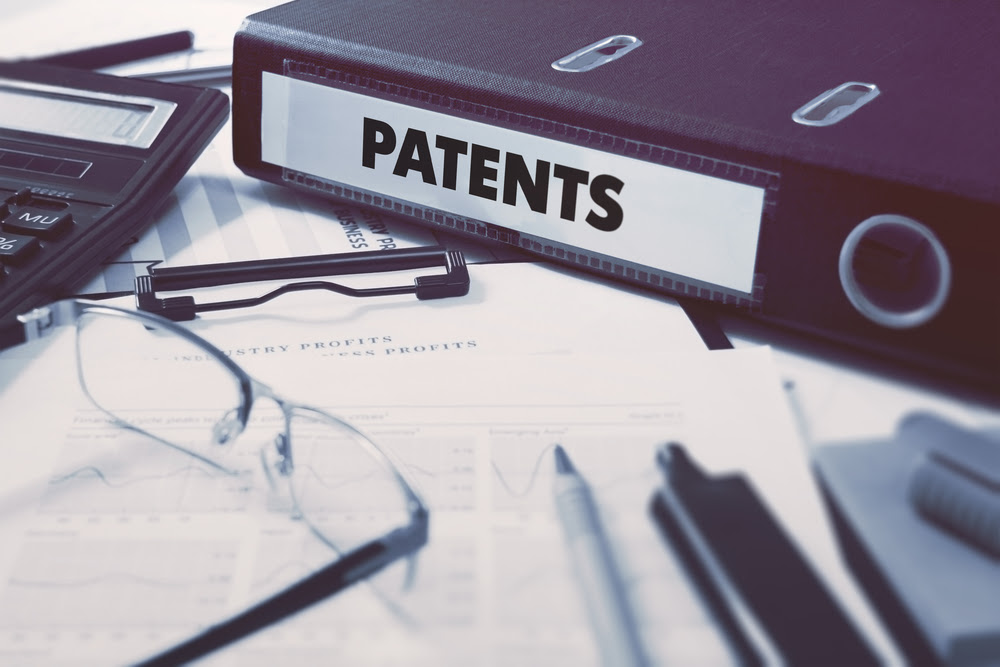- Prior Art Search and Analysis
- Patentability Search and Analysis
- Freedom to Operate and Patent Mapping Analysis
- Patent Portfolio and Landscaping
- Patent Drafting
- Patent Filing (Domestic & International)
- Patent Prosecution before the Patent Office
- Patent Opposition and Appeal
- Patent Litigation in case of Infringement
- Infringement Analysis
- Patent Assignment and Licensing Agreement
- Cancellation/Rectification/Appeal proceeding at IPAB
Patent

A patent is an exclusive right awarded for an invention, which is a product or a method that, in general, gives a new way of doing business or provides a new specialised solution to a problem. To get a patent, specialized information about the invention must be revealed to the public in a patent operation.
Prior art search and analysis
The criteria of novelty and non-obviousness must be met for an invention to be patented. A prior art search is accepted to determine whether an invention is new or non-obvious and to uncover any prior knowledge. An innovator will gain a clear understanding of how novel and non-obvious the invention is.
Patentability search and analysis
A patentability search looks for any reference of any sort that discloses the same or similar invention to the one in question. The goal of the search is to determine the likelihood of an invention receiving a patent, focusing on the worldwide criteria of novelty and non-obviousness.
Freedom to operate and patent
The ability of a corporation to create, manufacture, and request products without incurring legal liability to third parties is referred to as freedom to operate. Before launching or developing a new product or method after receiving a patent notice letter, an individual or firm may seek a patent attorney’s freedom-to-operate analysis and opinion to detect a patent violation threat and provide an implicit defence to a willful violation.
Mapping analysis
Mapping analysis is a visioned expression of full patent analysis results to easily and efficiently understand complicated and varied patent material. The patent map is created by collecting related patent information from a target field, reprocessing it, and anatomizing it.
Patent portfolio and landscaping
It is a collection of patents possessed by an individual or corporation that gives comprehensive content by conserving a wide class of services and products that cover current as well as future invention and enables a better understanding of a particular area.
Patent drafting
Patent drafting is the process of creating the patent description and claims in order to patent an idea. It is important to all patent operations. When the patent is granted or issued, the draught becomes the specification portion of the document.
Patent filing
The patent filing refers to the legal and administrative procedures for requesting the allocation of a patent for an invention, as well as the physical document and substance of the invention’s description and claims, as well as its procedural paperwork.
Patent prosecution before the patent office
Patent prosecution refers to the examination procedure that occurs between the submission of a patent application and the issuance of a patent. The submission of a patent application with the Patent Office is the first step in any patent prosecution. Following filing, the office verifies the documents to ensure that all requirements have been met.
Patent opposition and appeal
Patent opposition is a power granted by the Patent Act that allows anybody to raise questions about the validity of a patent, whereas patent appeal is an appeal by a petitioner from a single judge’s ruling to another bench of the same court.
Patent litigation in case of infringement
A person can sue for groundless threats of infringement and seek remedy under the Patents Act of 1970, and being accused of patent infringement can be serious and have serious repercussions. The accused could be held accountable for treble damages, including lost earnings or reasonable royalties. He or she could possibly face an injunction.
Infringement analysis
The conduct of a prohibited act with regard to a patented invention without the permission of the patent holder is considered patent infringement. In most cases, authorization is issued in the form of a licence. The definition of patent infringement varies by jurisdiction, but it generally includes utilizing or dealing with the patented invention. The claims of the awarded patent outline the goal of the patented invention or the scope of protection. In other words, the terms of the claims notify the public about what is not permitted without the patent holder’s permission.
Patent assignment and licensing agreement
A patent assignment is an act in which the patentee assigns all or part of the patent rights to the assignee, who gains the right to restrict others from producing, exercising, using, or retailing the invention. It is the patentee’s transfer of all proprietary rights to the assignee. At the same time, the licence grants the right to work on the innovation. Section 70 of the Patents Act authorizes the patentee to grant a License through an agreement. A patentee may grant a licence to a licensee to create, use, or exercise the invention. The issued permission is not legitimate unless it is in writing.
Appeal proceedings before the respective High Courts
A letter patent appeal can only be lodged in high courts that have been formed by the letter patent. An intra-court appeal is a Letters Patent Appeal. When India’s High Courts were originally established in 1965, this remedy was included. The needed fee, as well as the required documents, must be presented to the court when filing the appeal. However, because the method for writs is likely to differ from state to state, it is recommended that one become acquainted with the Letters Patent Rules applicable to the High Courts of that state.
